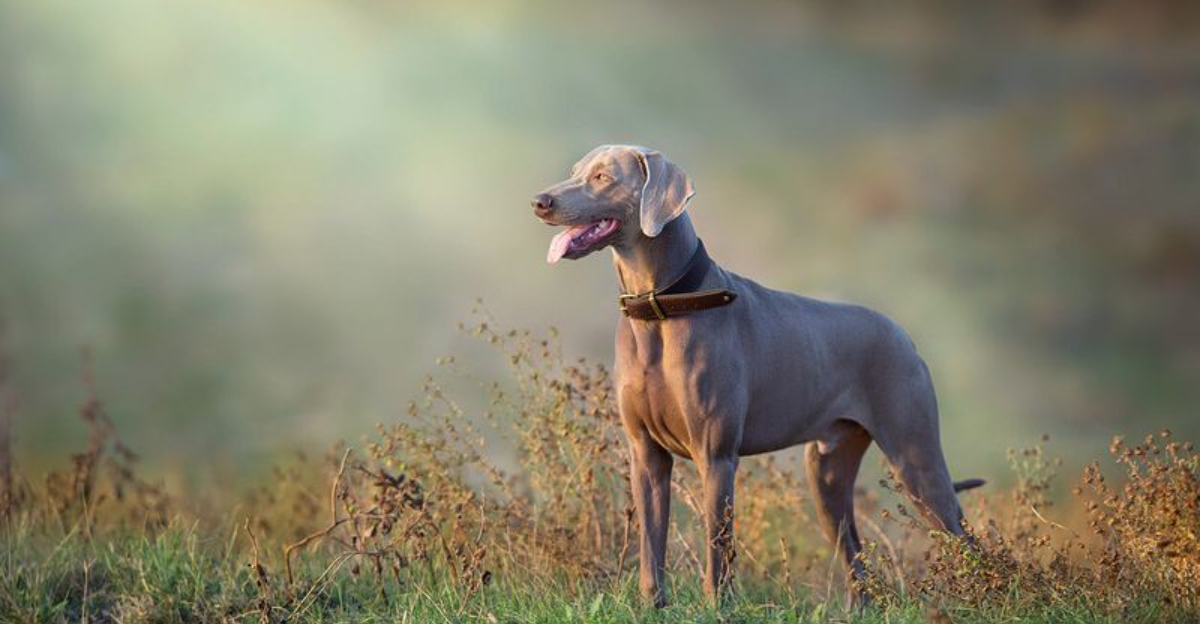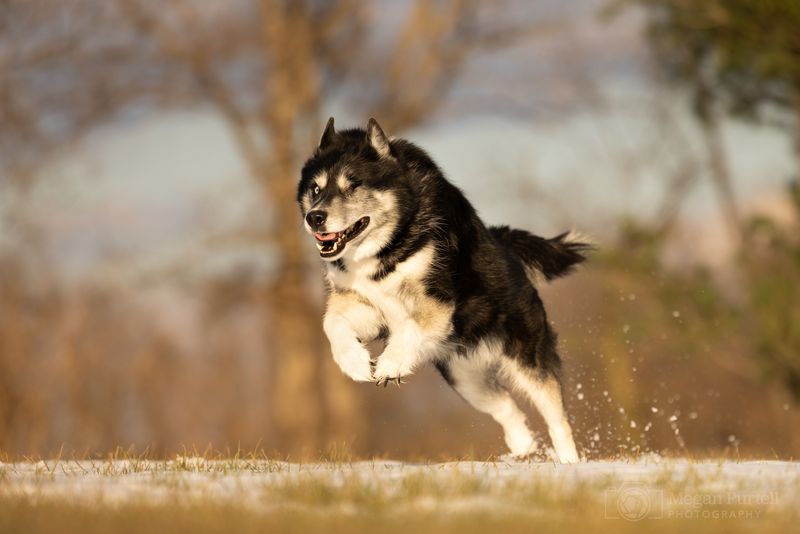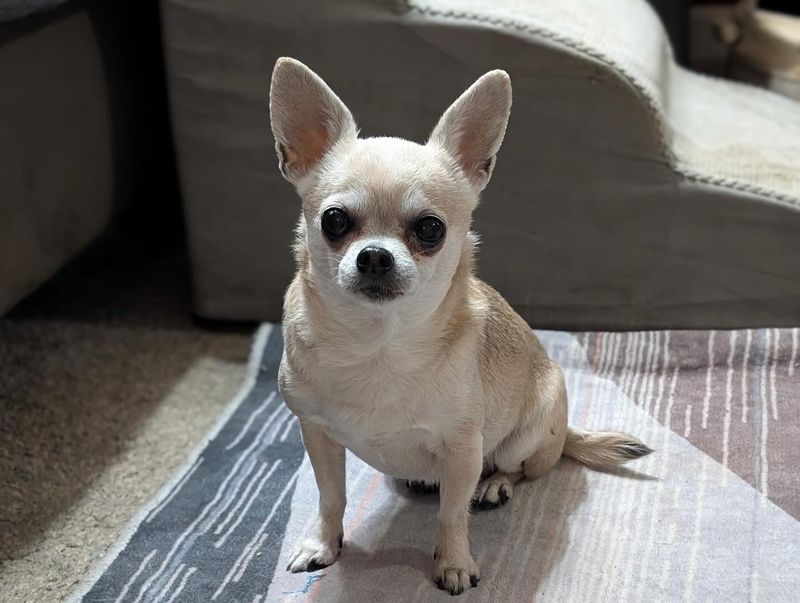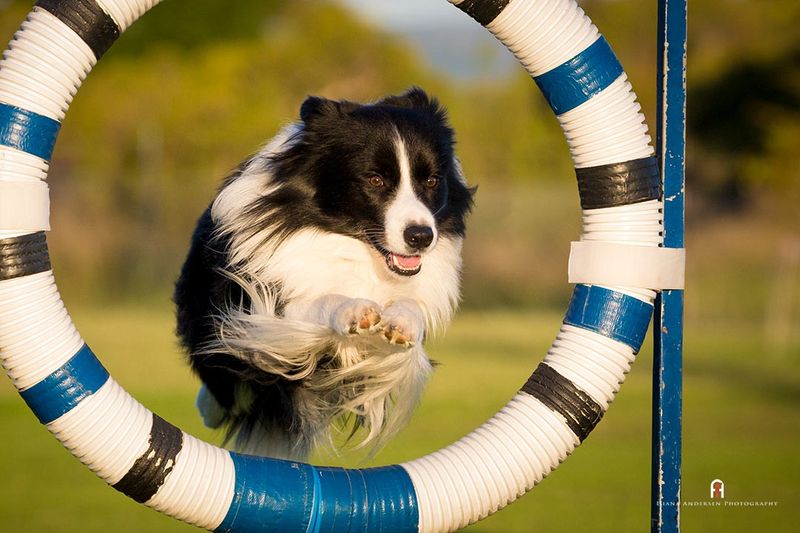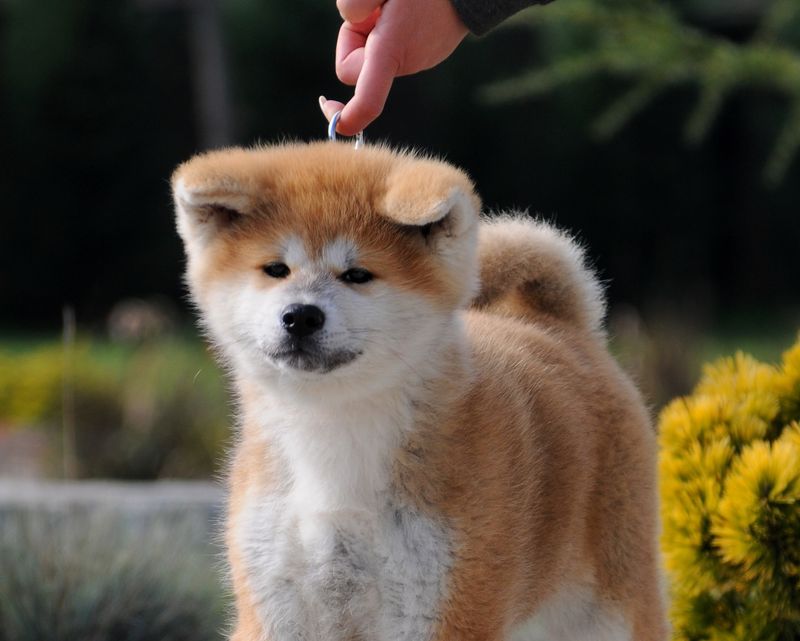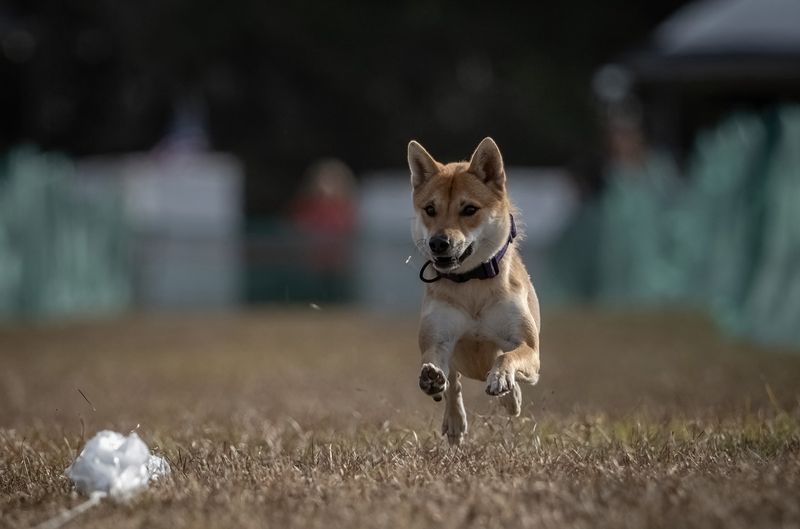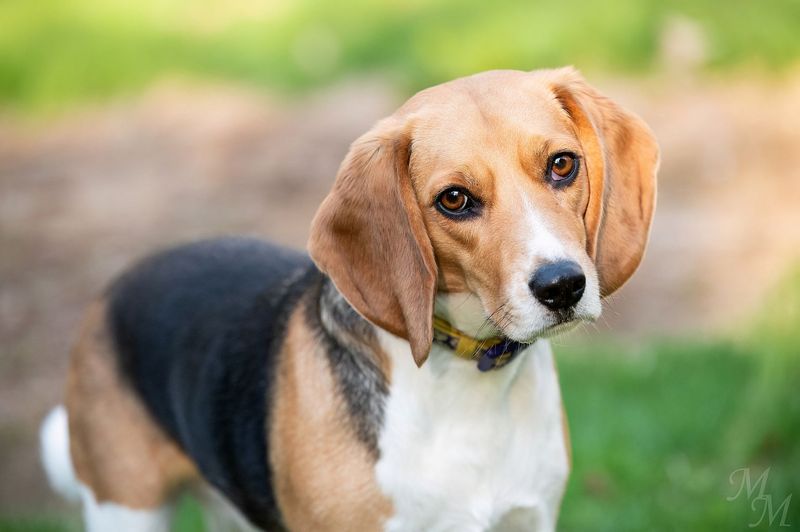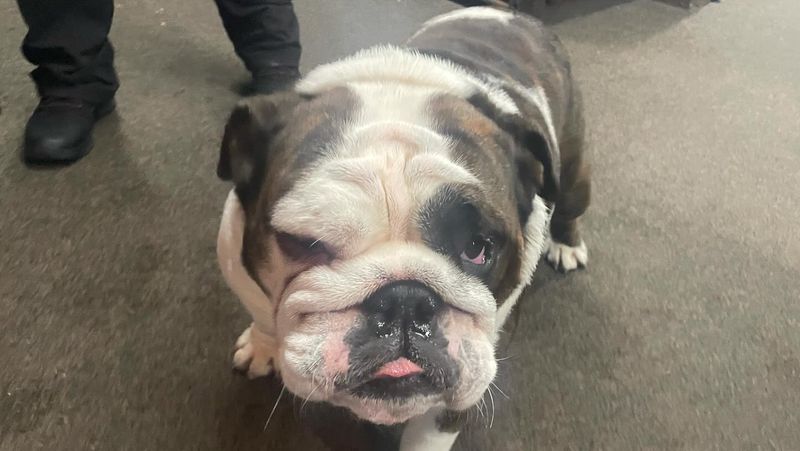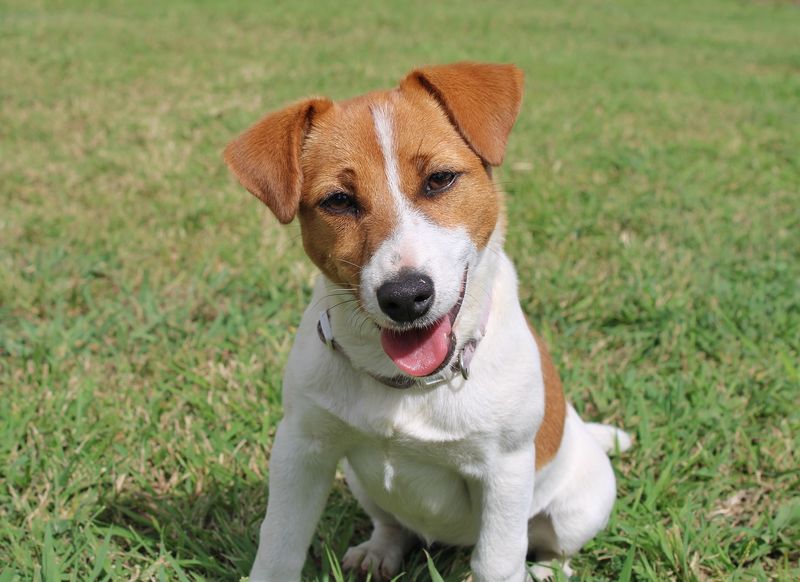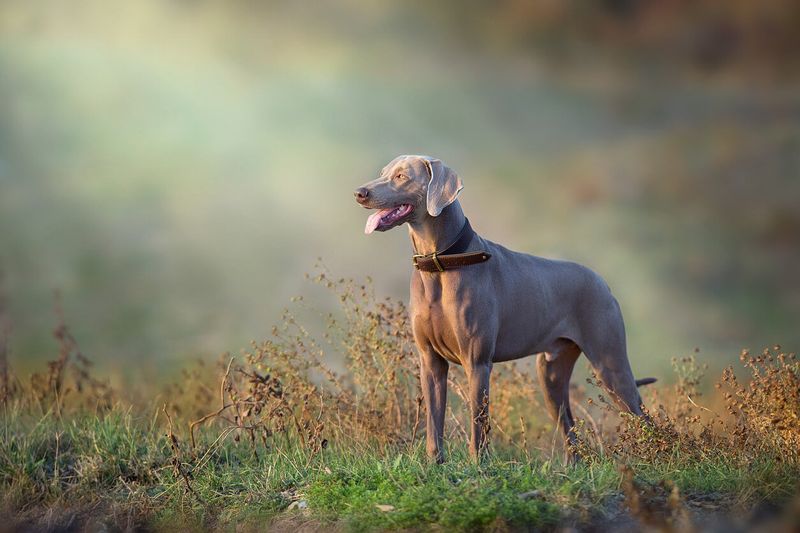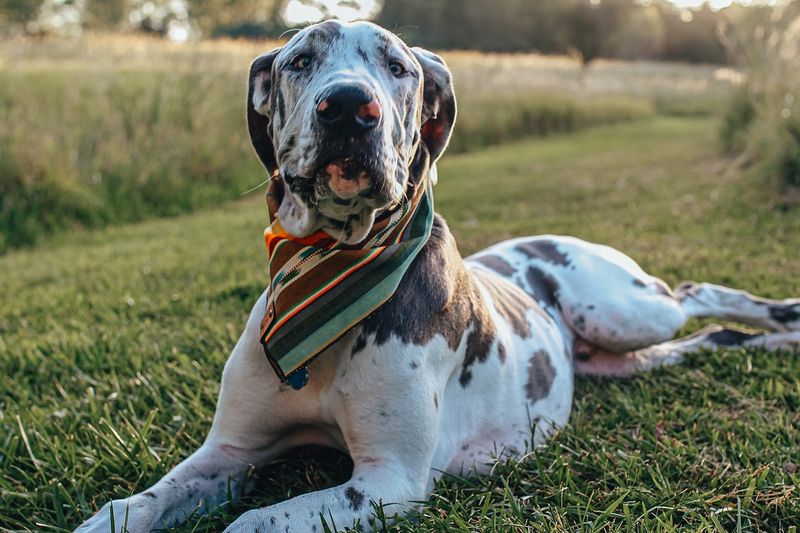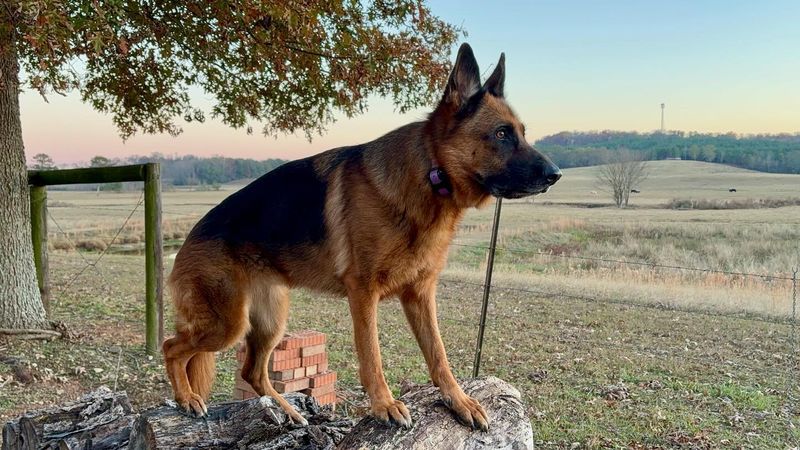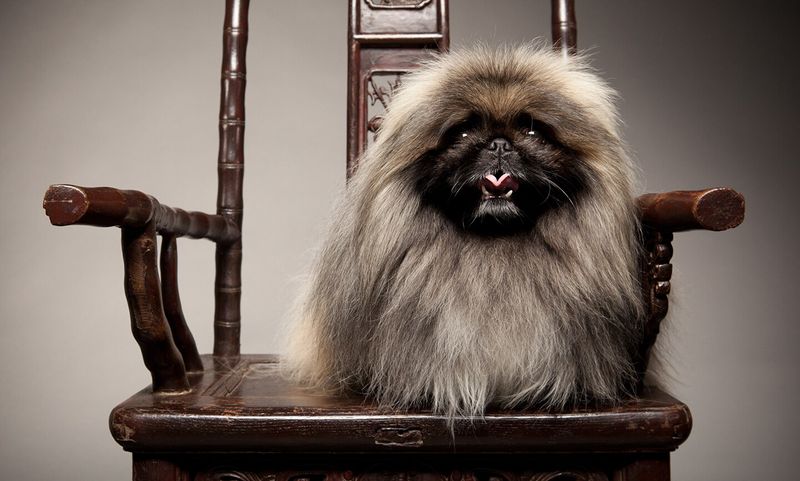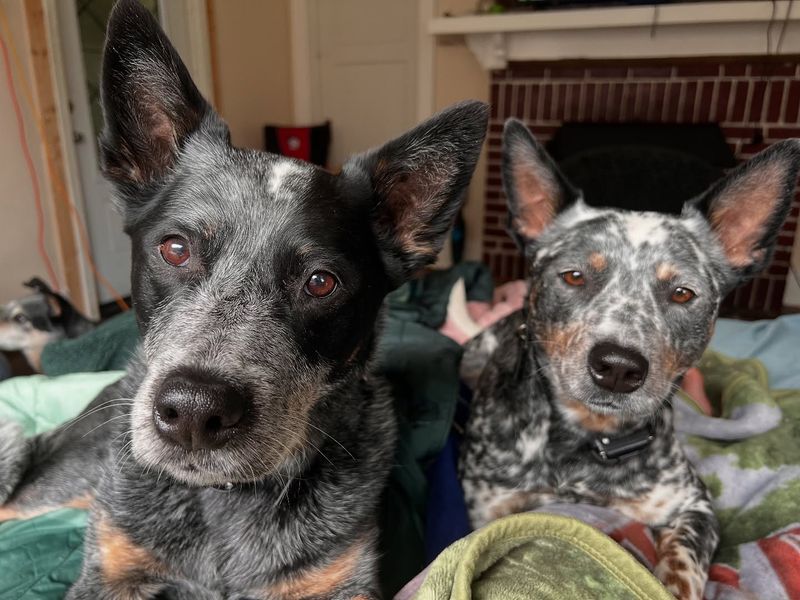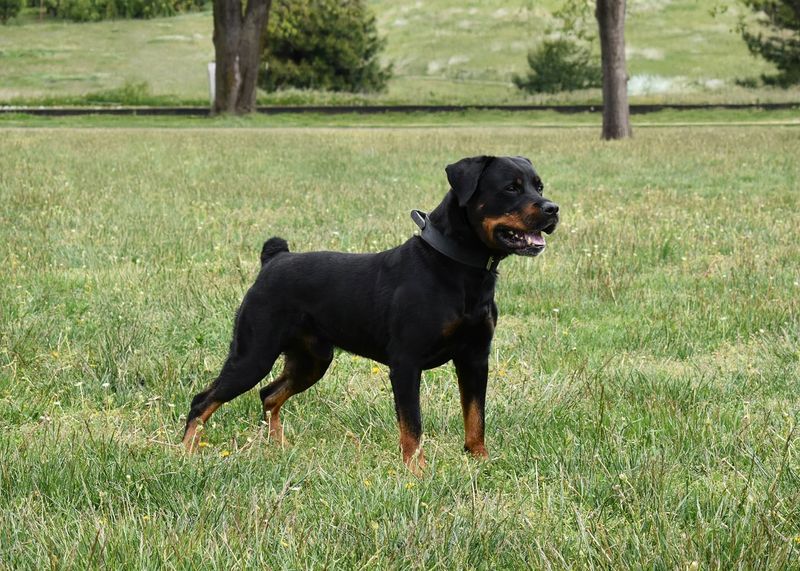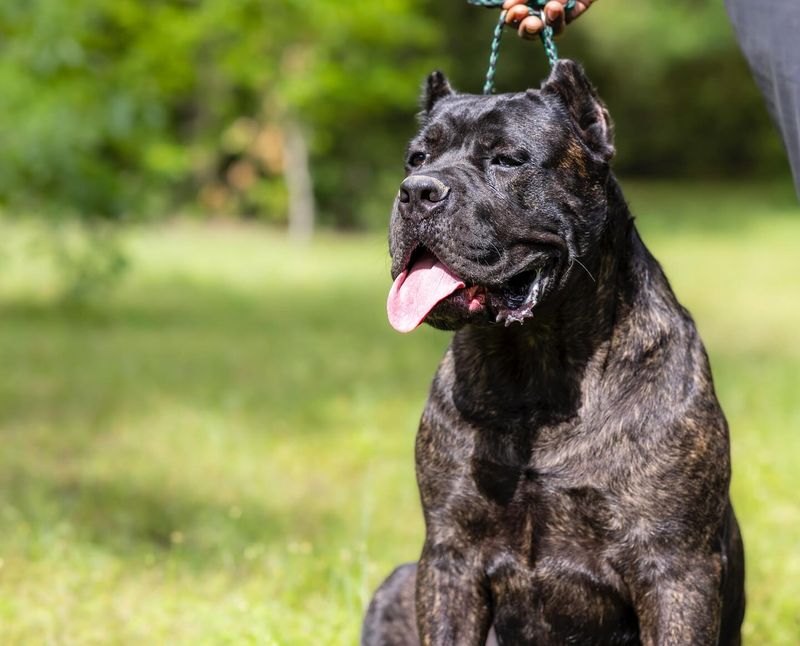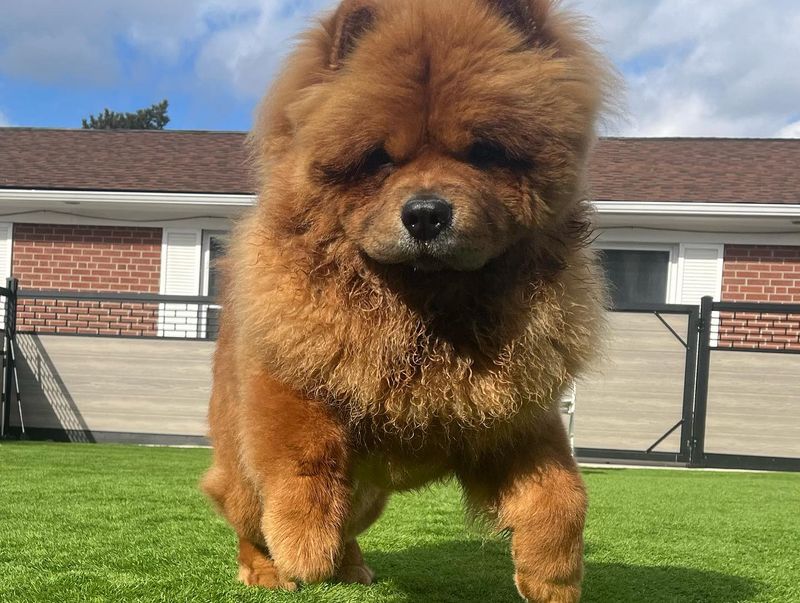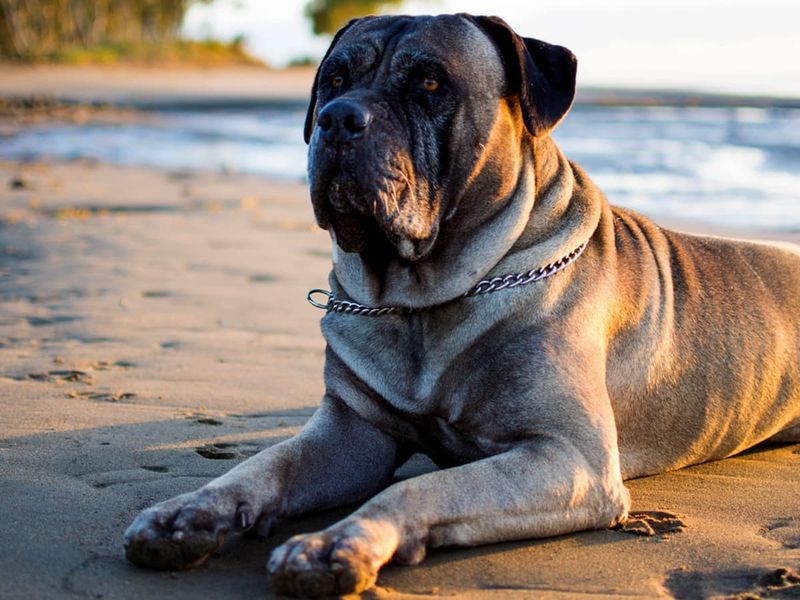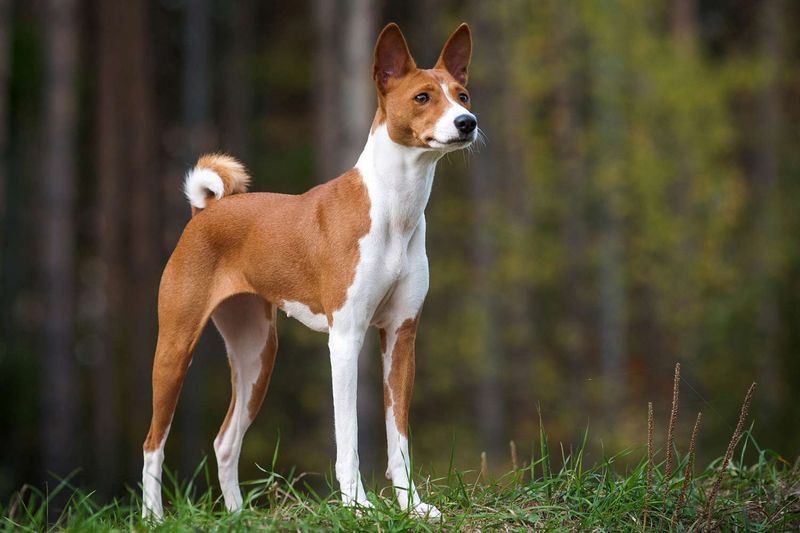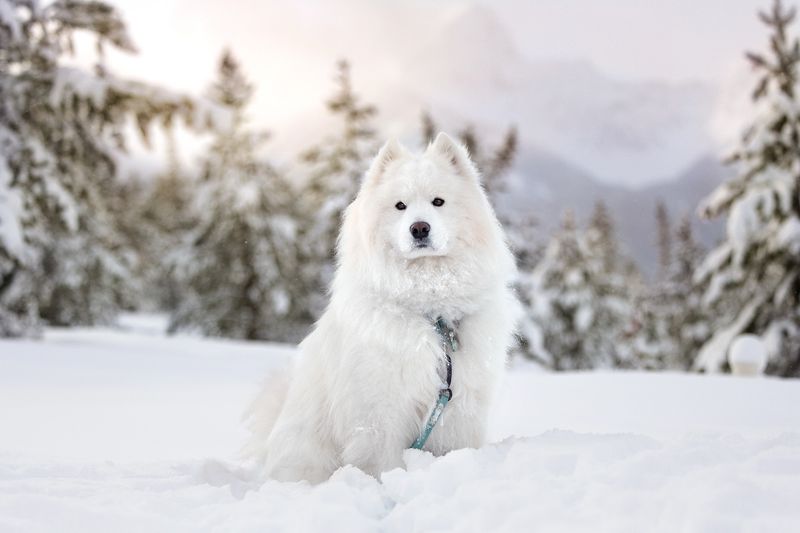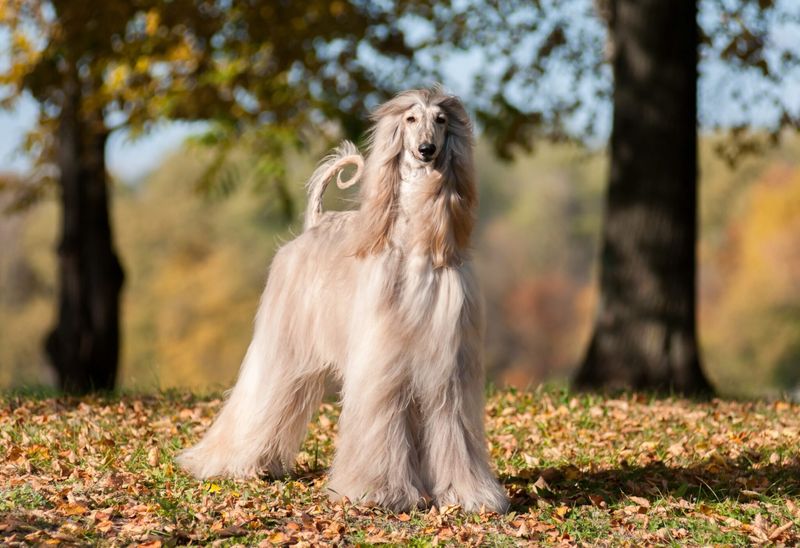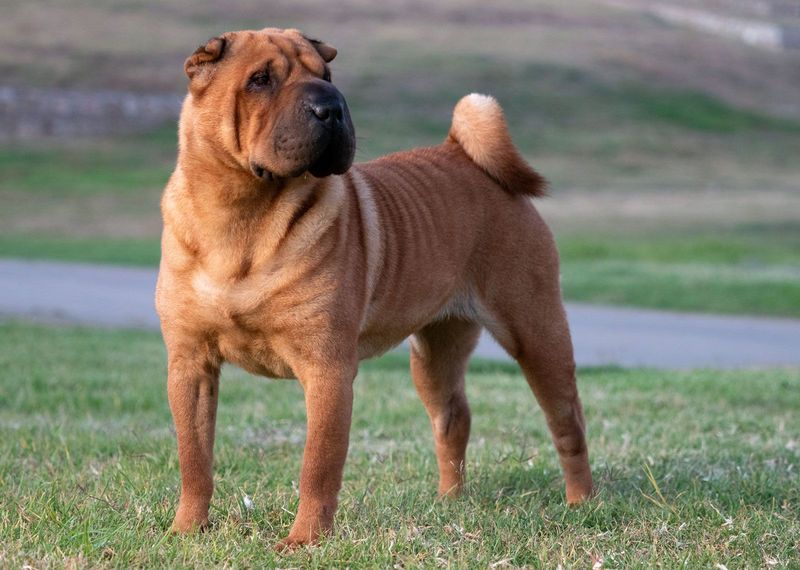Owning a dog is a joyful experience, but certain breeds come with challenges that might not suit every owner. This guide explores 25 dog breeds that are known for their demanding nature, making them a potentially regrettable choice for those not prepared for the commitment. Whether it’s their high energy levels, stubbornness, or special care needs, these breeds require owners who are ready to embrace the challenge.
Siberian Husky
Siberian Huskies are stunning with their piercing eyes and magnificent coats. However, their adventurous spirit makes them escape artists, often digging under fences or leaping over them. Their high energy levels require ample exercise, and without it, they can become destructive.
These dogs are known for their independent nature, which can make training a challenge. If not provided with enough mental and physical stimulation, they may develop behavioral issues. Despite their beauty, Huskies demand a patient and active owner willing to meet their needs.
Did you know? Siberian Huskies were originally bred by the Chukchi people in Northeast Asia as sled dogs.
Chihuahua
Despite their tiny stature, Chihuahuas are packed with personality and attitude. Their bold demeanor can lead to territorial behavior, and they often act as if they are much larger than they really are. These little dogs can be prone to barking, which might not be ideal for close living quarters.
Chihuahuas require careful handling due to their fragility, making them less suited for families with young children. They need socialization to temper their assertive nature and prevent aggression. Chihuahuas are not just cute lapdogs; they are spirited companions with a mind of their own.
Fun fact: The Chihuahua breed is named after the Mexican state of Chihuahua.
Dalmatian
Known for their striking spots, Dalmatians are energetic dogs with a love for running. Originally bred as carriage dogs, they have an inherent need for exercise and space. Without proper outlets for their energy, they can become hyperactive and difficult to manage.
Dalmatians are intelligent but can be stubborn, requiring consistent and firm training. They are also prone to deafness, which may necessitate special training methods. Owners must be ready to engage in daily activities to keep a Dalmatian happy and healthy.
Did you know? Dalmatians are known to have a unique affinity with horses, a trait from their coaching days.
Border Collie
Border Collies are celebrated for their intelligence and herding prowess. They excel in dog sports and love having a job to do. However, their high intelligence demands constant mental stimulation, and boredom can lead to destructive behavior.
These dogs thrive in rural settings where they can use their natural herding instincts. They’re not suited for sedentary lifestyles and require an owner who can match their energy and enthusiasm. For those up to the task, Border Collies make incredibly loyal and skilled companions.
Fun fact: Border Collies are often used as search and rescue dogs due to their keen sense of smell and intelligence.
Akita
Akitas are known for their noble appearance and loyal nature. Originating from Japan, they were once used to hunt large game like bears. This breed is fiercely protective, which can lead to aggressive behavior if not properly socialized from an early age.
Akitas have a dominant personality and require an experienced owner who can establish clear boundaries. They are not particularly social with other animals and may become territorial. Despite their challenges, Akitas are devoted and courageous companions for those who understand them.
Did you know? The Akita is a symbol of good health in Japan and is often given as a gift to someone who is ill.
Shiba Inu
The Shiba Inu is a small but mighty breed, known for its spirited personality and fox-like appearance. These dogs are incredibly independent and can be quite aloof. They often have their own agenda, which can make training a test of patience.
Shiba Inus are notorious for their “Shiba scream,” a high-pitched cry used to express displeasure. This breed requires firm leadership and early socialization to prevent aloofness and potential aggression. Owners must be prepared for a dog that values its independence as much as companionship.
Fun fact: Shiba Inus are the oldest and smallest of Japan’s native breeds.
Beagle
Beagles are curious and friendly dogs with a strong sense of smell. Originally bred for hunting, they have a natural instinct to follow scents, often leading them into trouble. This scent-driven behavior makes them notorious for wandering off if not kept on a leash.
Beagles are social and thrive in a pack environment, but their stubbornness can pose challenges in training. They require consistent guidance and plenty of exercise to channel their energy positively. With the right environment, Beagles make joyful and exuberant pets.
Did you know? Beagles have over 220 million scent receptors, making them excellent detection dogs.
English Bulldog
English Bulldogs are known for their charming wrinkles and distinctive appearance. Despite their relaxed demeanor, Bulldogs come with several health concerns, including breathing difficulties due to their brachycephalic skulls.
These dogs are low-energy but require regular care to manage their weight and avoid overheating. Bulldogs are also notorious for their stubborn streak, which can complicate training efforts. Owners need to be vigilant about their health and provide a comfortable living environment.
Fun fact: Bulldogs were originally bred for bull-baiting, but today, they are gentle companions.
Jack Russell Terrier
Jack Russell Terriers are small but bursting with energy and personality. These dogs are excellent at sports and love to play, requiring plenty of exercise to stay content. Without adequate stimulation, they can become bored and destructive.
Their intelligence makes them quick learners, but their independent streak can make training a challenge. Jack Russells are known for their tenacity and sometimes overwhelming enthusiasm, making them best suited for active owners who can keep up.
Did you know? Jack Russell Terriers were originally bred for fox hunting.
Weimaraner
Weimaraners are known for their elegant appearance and boundless energy. These dogs thrive on activity and require ample space and time to exercise. Without it, they can become restless and difficult to handle.
Weimaraners are highly intelligent, but their strong-willed nature means they need firm and consistent training. They form close bonds with their owners and can suffer from separation anxiety if left alone for extended periods.
Fun fact: Weimaraners are sometimes called “Gray Ghosts” due to their distinctive coloring and stealthy hunting abilities.
Great Dane
Great Danes are gentle giants, known for their enormous size and friendly demeanor. Despite their intimidating appearance, they are typically calm and affectionate, making them excellent family pets.
However, their size can be a challenge in itself, requiring plenty of space and a sturdy environment. Great Danes are prone to certain health issues, which can be costly to manage. They need regular exercise but are not as high-energy as some smaller breeds.
Did you know? The Great Dane is the national dog of Germany, where it’s known as the Deutsche Dogge.
German Shepherd
German Shepherds are revered for their intelligence and versatility. Frequently used in police and military roles, they excel in obedience and protection training. However, their strength and intelligence require an experienced handler to guide them.
They form strong bonds with their owners and need regular socialization to prevent anxiety and aggression. German Shepherds are loyal and courageous, but they do require consistent training and mental challenges to thrive.
Fun fact: German Shepherds were initially bred for herding, and their loyalty has made them popular working dogs.
Dachshund
Dachshunds are small hounds with a big personality. Known for their long bodies and short legs, these dogs are courageous and sometimes stubborn. They were originally bred for hunting badgers, so they have a strong prey drive.
Dachshunds can be bold and playful, but their independent nature can make training challenging. They require careful handling to prevent back injuries due to their unique body structure. Despite their size, they are confident and lively companions.
Did you know? Dachshunds are also called “wiener dogs” due to their hot dog-like shape.
Pekingese
Pekingese are small, lion-like dogs with a rich history as companions to Chinese royalty. Their luxurious coats require regular grooming, and their independent nature means they often prefer to do things their own way.
These dogs are fiercely loyal but can be aloof with strangers, necessitating early socialization. They thrive in a calm environment and are best suited for owners who appreciate their unique character and grooming needs.
Fun fact: The Pekingese was a favored breed among Chinese emperors and was often carried in the sleeves of nobility.
Australian Cattle Dog
Australian Cattle Dogs are known for their intelligence and work ethic. Bred to herd cattle, they are highly energetic and require plenty of physical and mental stimulation. Without a job to do, they can become bored and destructive.
These dogs are loyal but can be wary of strangers, requiring early socialization. They are not well-suited for sedentary lifestyles and excel in active, engaging environments where they can put their skills to use.
Fun fact: Australian Cattle Dogs are often nicknamed “Blue Heelers” due to their unique coat color and herding style.
Rottweiler
Rottweilers are formidable dogs, known for their strength and protective instincts. With proper training and socialization, they make loyal and confident companions. However, their size and strength require an experienced handler to ensure they are well-managed.
Rottweilers are intelligent and thrive when given tasks or challenges. They need regular exercise and mental stimulation to prevent boredom and misbehavior. For those who can commit to their training, Rottweilers offer unmatched loyalty and guardianship.
Did you know? Rottweilers were originally used to herd livestock and pull carts in Germany.
Saint Bernard
Saint Bernards are gentle giants, famous for their role as alpine rescue dogs. They are friendly and patient, making them excellent family pets. However, their large size necessitates plenty of space and careful management.
These dogs are prone to certain health issues and require regular care and grooming. They are not as high-energy as some breeds, but their size means they still need regular exercise. Saint Bernards thrive with a loving family willing to accommodate their needs.
Fun fact: Saint Bernards carry small barrels of brandy around their necks in folklore, though this is a myth.
Cane Corso
Cane Corsos are powerful and athletic dogs known for their protective nature. Originating from Italy, they were used as guard dogs and hunters. Their strength and size require an experienced handler who can provide consistent training and socialization.
These dogs form strong bonds with their families and are loyal protectors. They need regular exercise and mental stimulation to keep them balanced. For those who can meet their needs, Cane Corsos are reliable and devoted companions.
Did you know? The name “Cane Corso” comes from the Latin “cohors,” meaning “protector” or “guardian.”
Alaskan Malamute
Alaskan Malamutes are powerful sled dogs with a rich history in Arctic exploration. They have a thick coat suited for cold climates and require ample exercise to satisfy their working lineage.
These dogs are known for their friendly nature but can be challenging to train due to their independent streak. Malamutes need a firm hand and consistent training to prevent behavioral issues. Owners should be prepared for a dog that thrives in active environments.
Fun fact: Alaskan Malamutes are one of the oldest Arctic sled dog breeds, used by the Mahlemut tribe for hauling heavy freight.
Chow Chow
Chow Chows are unique dogs with a distinctive lion-like appearance. Known for their aloof demeanor, they can be reserved and independent. Early socialization is crucial to prevent them from becoming overly protective or aggressive.
These dogs require regular grooming due to their thick coats and can be prone to certain health issues. They are best suited for experienced owners who can appreciate their dignified nature and provide the necessary care.
Did you know? Chow Chows have a unique blue-black tongue, a trait shared by only a few breeds.
Bullmastiff
Bullmastiffs are powerful yet gentle giants, known for their protective instincts and calm demeanor. They were originally bred to guard estates and have a natural ability to deter intruders without aggression.
These dogs require regular exercise and thrive in an environment where they can both roam and relax. Bullmastiffs are loyal companions but need early socialization and training to ensure they are well-behaved.
Fun fact: Bullmastiffs are known as “Gamekeeper’s Night Dogs,” reflecting their historical role in protecting estates from poachers.
Basenji
Basenjis are small, elegant dogs known for their unique “barkless” trait. Instead of barking, they produce a yodel-like sound, which adds to their charm. Bred as hunting dogs in Africa, they are independent and require mental stimulation.
These dogs are known for their cleanliness and cat-like grooming habits. However, their aloof nature means they need early socialization to form strong bonds. Basenjis are best for owners who appreciate their quirky traits and can provide an engaging environment.
Did you know? Basenjis are one of the oldest dog breeds, with a lineage tracing back to ancient Egypt.
Samoyed
Samoyeds are stunning dogs with a signature “Sammy smile” and a thick, fluffy coat. Originally bred for herding and pulling sleds, they have a high energy level and need plenty of exercise. Without it, they can become bored and mischievous.
Their coats require regular grooming to prevent matting, and they thrive in cooler climates. Samoyeds are social animals that need companionship and attention. With the right care, they become affectionate and playful family members.
Fun fact: The Samoyed’s smile is not just an expression; it’s a structural feature that prevents drooling and icicles forming on their face in cold weather.
Afghan Hound
With its regal appearance, the Afghan Hound might seem like a dream. However, their independent nature and aloof demeanor can be challenging. While they possess an undeniable grace, Afghan Hounds demand regular grooming due to their luxurious coats.
Their sensitive personality means they don’t respond well to harsh training methods. Patience and positive reinforcement work best. They have a strong prey drive, making them unsuitable for homes with smaller animals.
Despite these challenges, they are loyal companions. Did you know? Afghan Hounds have been known for their speed, often compared to the wind!
Shar Pei
The Shar Pei is both intriguing and challenging. Known for its deep wrinkles and unique appearance, this breed requires dedicated owners. Their territorial nature means they are excellent watchdogs but may exhibit aggression if not properly socialized.
Shar Peis are prone to skin issues, needing regular care to prevent infections. Additionally, their stubborn streak can make training difficult, demanding patience and consistency.
Despite this, they form strong bonds with their families. Fun fact: The Shar Pei’s origins trace back over 2,000 years to ancient China, where they were valued for their guarding abilities.
